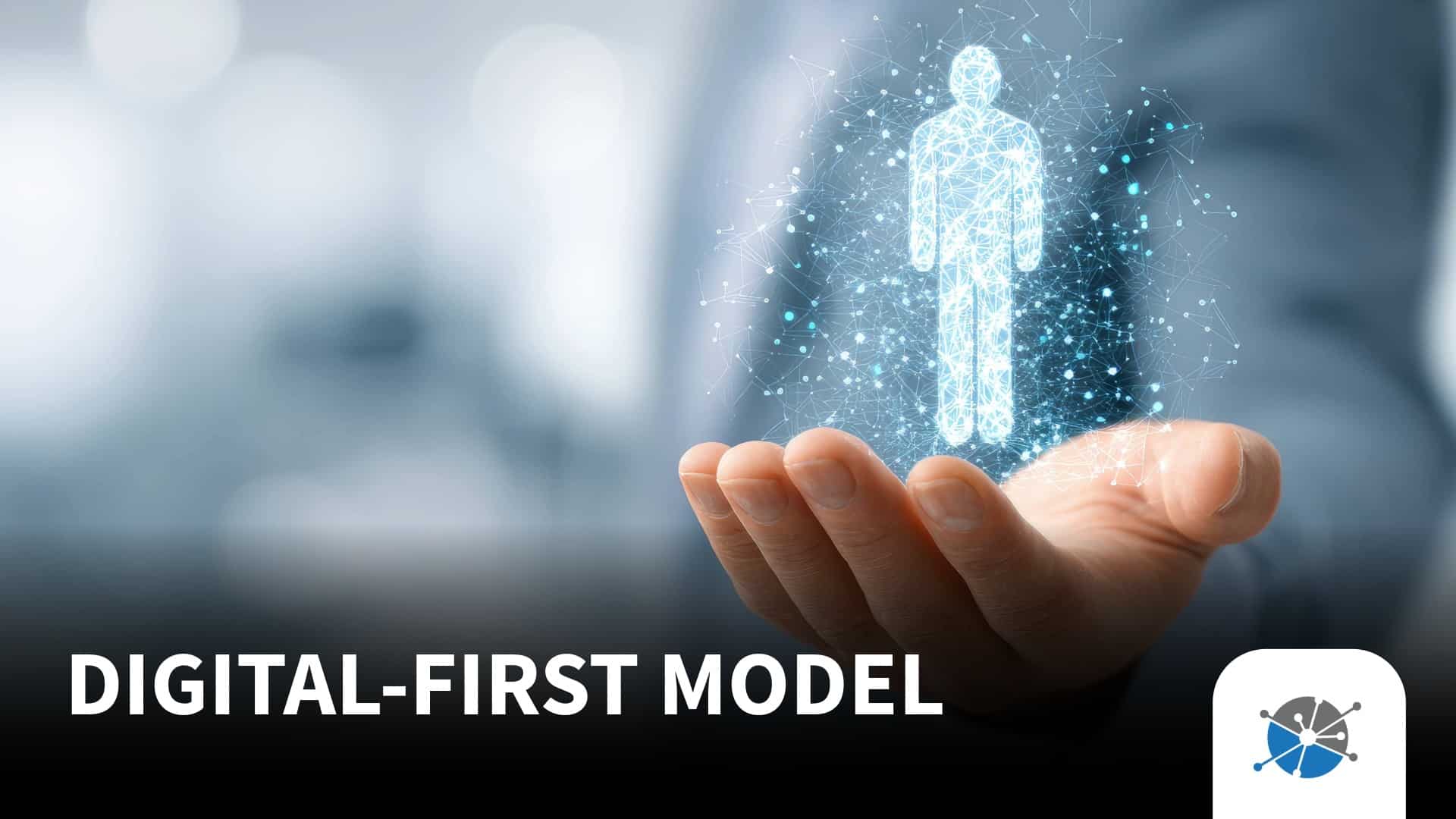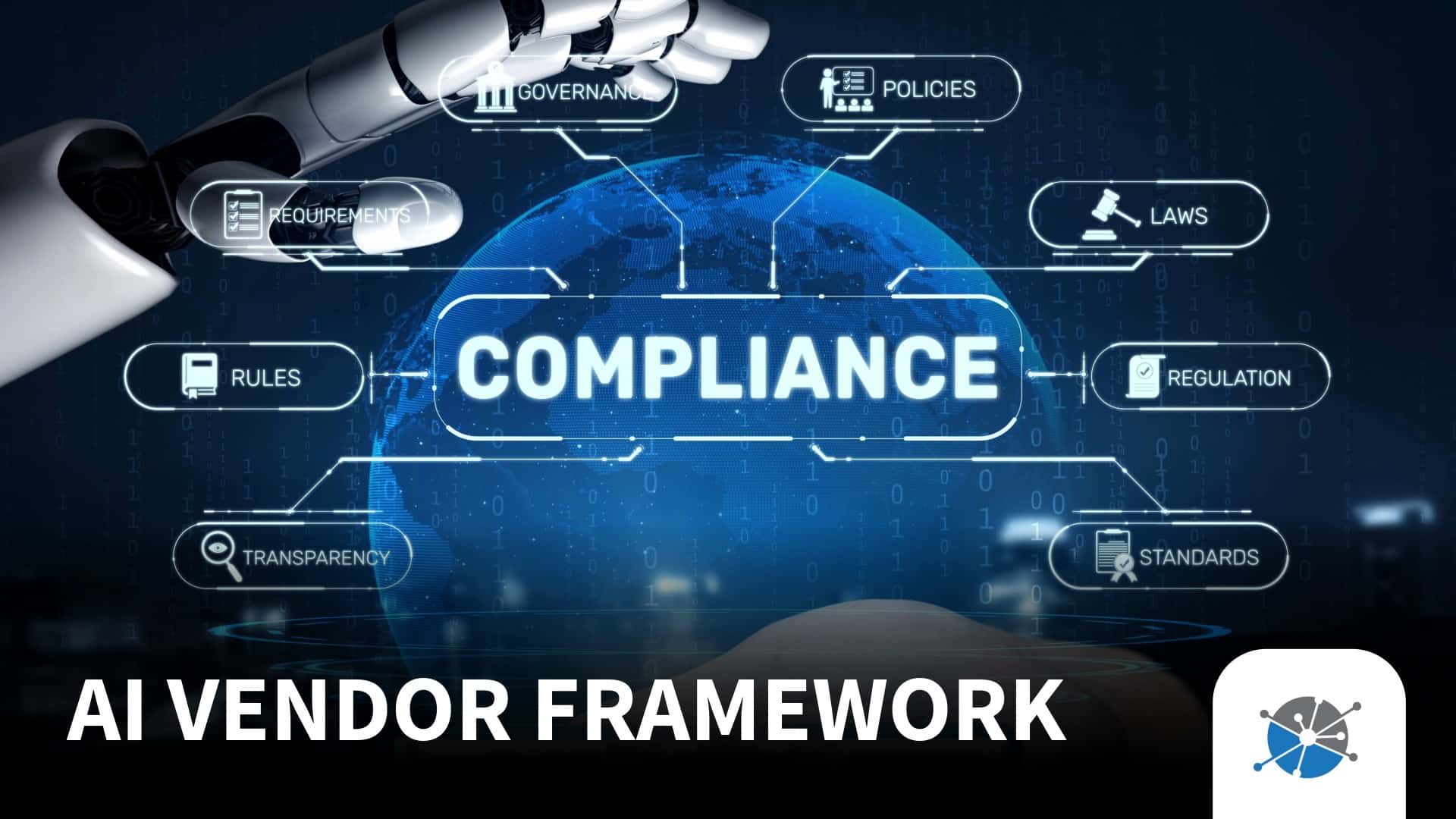
How AI Technology Will Reshape Receivables Operations in 18 Months
The receivables industry is entering a critical 18-month window where AI adoption will shape operations for years to come. This article explores where AI will have the greatest operational impact, from compliance guardrails to consumer engagement, and outlines strategies for debt collection technology adoption that prioritize trust, regulation, and scale.
The future of AI in the collections industry isn’t a five-year horizon—it’s an 18-month sprint. Every conversation with agency leaders, creditors, and debt buyers points to the same conclusion: technology adoption is no longer optional.
But the pace of adoption matters. Too fast, and compliance risks multiply. Too slow, and competitors overtake you. The real challenge is identifying where AI will deliver the biggest operational impact in the near term, and aligning adoption strategies to seize those opportunities responsibly.
This moment in receivables feels like standing at the edge of an inflection point. We can either treat AI as a shiny add-on or we can weave it into the very fabric of our compliance and consumer engagement frameworks. The next 18 months will decide which path dominates.
Compliance Guardrails as the First Layer of Adoption
In the next 18 months, we can expect the largest operational impact to come from how we integrate compliance into AI systems.
Regulators have made it clear: consumer protection is the lens through which every technology decision will be judged. AI cannot afford to hallucinate legal disclosures, delay responses beyond regulatory limits, or misinterpret consumer intent.
This is why it is important to emphasize compliance-first adoption. Agencies that build judge LLMs into their systems, enforce structured prompts for disclosures, and log every AI-generated response will not only stay ahead of enforcement but also set the gold standard for the industry.
Compliance isn’t slowing us down—it’s clearing the path for responsible scale.
Consumer Engagement and Comfort with AI Voice Bots
Another area where AI will show measurable impact is in consumer engagement. Consumers often find speaking with an AI voicebot less intimidating than dealing with a human agent. The neutrality of AI reduces judgment, creating a safer environment for sensitive conversations.
But comfort is fragile. Latency, empathy, and tone all matter. Over the next 18 months, the winners will be those who design AI interactions that feel natural, empathetic, and compliant.
This requires agencies to measure not only cost savings but also consumer comfort with AI voice bots as a key performance indicator. Adoption will succeed only if consumers accept it as trustworthy.
Distinguishing Real AI from Repackaged IVR
One of the biggest risks right now is vendor misrepresentation. Many companies market legacy IVR systems as generative AI. On a demo, they may sound similar. In real-world collections, the difference is enormous.
True AI adapts to context. It understands intent. It can deliver disclosures naturally within conversation. IVR, no matter how advanced, cannot.
The next 18 months will expose these gaps. Agencies that ask tough questions—about training data, compliance counsel, and hallucination safeguards—will avoid costly mistakes. Those who don’t may find themselves with tools that fail both regulators and consumers.
Operational Efficiency and Cost Reduction
There’s no denying that AI adoption promises efficiency. By automating routine interactions and using analytics to optimize outreach, agencies can free human agents to focus on higher-value, complex cases.
In receivables, efficiency gains often mean reduced administrative costs and faster consumer resolution. But efficiency should be treated as a secondary benefit—not the primary driver.
Why? Because the agencies that focus solely on cost savings risk cutting corners on compliance and consumer trust. The real operational transformation will come from aligning efficiency with accountability.
The “18-Month Adoption Playbook”
Experts have started to frame the next phase of adoption around what is called the 18-Month Adoption Playbook. It has three core priorities:
- Compliance Integration – Make judge LLMs, structured prompts, and audit logs standard in AI deployments.
- Consumer Trust Metrics – Measure consumer comfort, latency, and empathy as KPIs alongside recovery rates.
- Vendor Accountability – Demand transparency from AI vendors on training data, compliance testing, and integration capacity.
This playbook isn’t theoretical. It’s actionable, and it gives agencies a roadmap for balancing urgency with responsibility.
Conclusion
The next 18 months will set the trajectory for the future of AI in the collections industry. Agencies, debt buyers, and creditors that prioritize compliance, consumer trust, and vendor accountability will lead. Those who chase efficiency without guardrails will face setbacks.
The question here isn’t whether AI will make an impact—it’s whether we’ll choose to adopt it responsibly. But doing that will require discipline, transparency, and the courage to ask vendors the hard questions before signing contracts.
The industry doesn’t have decades to adapt. We have 18 months. Let’s make them count.
Author Bio
Adam Parks has become a voice for the accounts receivables industry. With almost 20 years working in debt portfolio purchasing, debt sales, consulting, and technology systems, Adam now produces industry news hosting hundreds of Receivables Podcasts and manages branding, websites, and marketing for over 100 companies within the industry.







